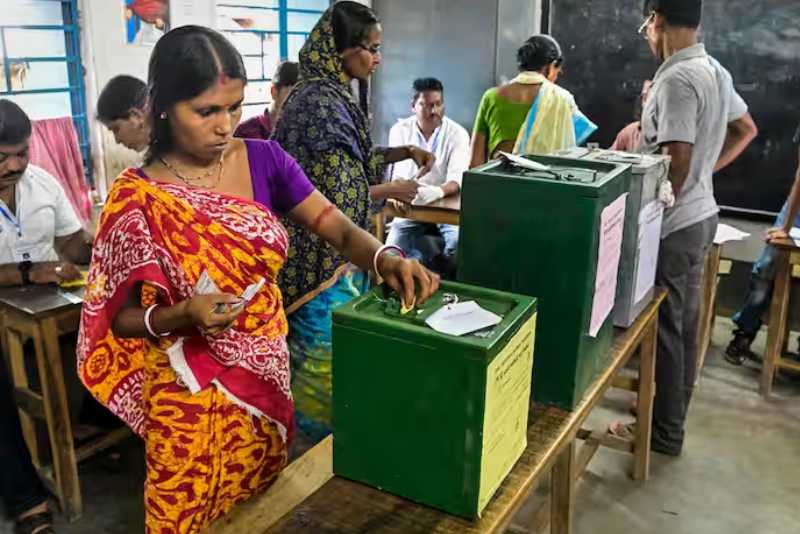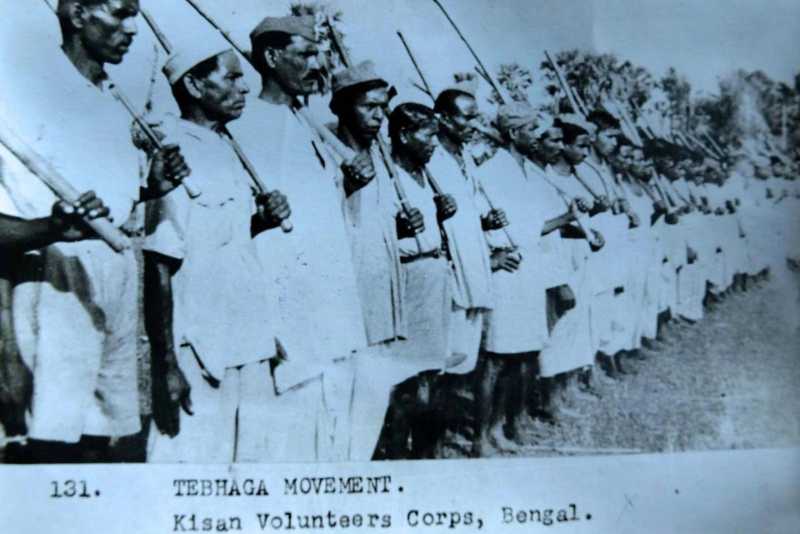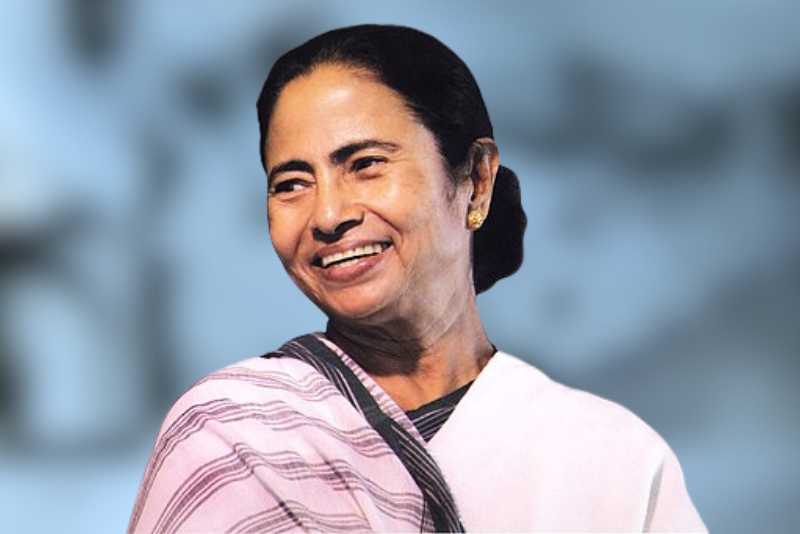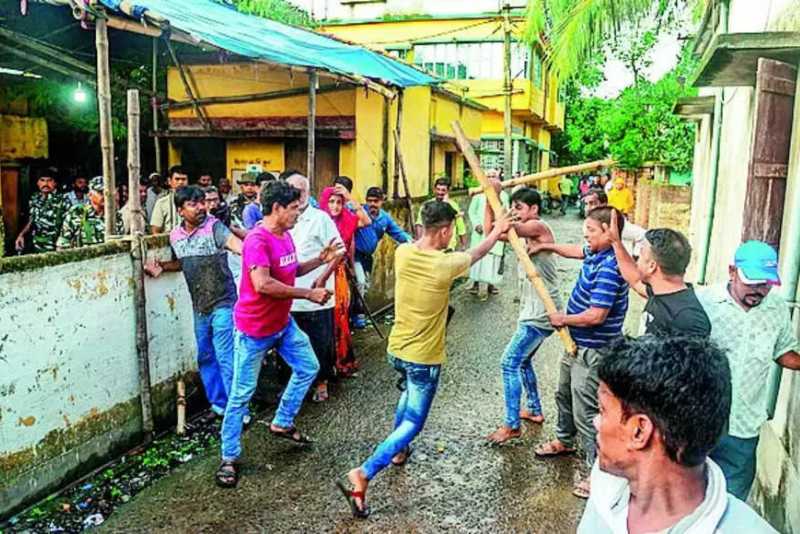
The recent rural local elections in West Bengal have once again witnessed a surge in violence, raising questions about the root causes behind the persistent bloodshed. Despite the deployment of paramilitary forces and judicial intervention, deadly clashes and reports of voter intimidation marred the election process. West Bengal stands out in India for its uniquely violent rural elections, contrasting sharply with the relatively peaceful polls in other states. To understand this phenomenon, we delve into the historical context of rural mobilization and political dynamics that have shaped the region.
A Legacy of Rural Mobilization
The politics of rural Bengal, known as “gram Bangla,” has been characterized by a long history of rural mobilization. The peasantry has played a significant role in shaping the state’s politics since the introduction of democratic voting during the British Raj in 1937. Peasant-based parties emerged, challenging the dominance of zamindars (landlords) who held sway over the countryside.

The tebhaga movement, initiated in the 1940s, saw sharecroppers successfully opposing the zamindars’ attempts to violate a new law that limited their share of the harvest. Communist cadres played a crucial role in implementing the reforms, often facing armed resistance from the landlord’s goondas (henchmen). The movement set the stage for further agrarian mobilization, leading to the Naxalbari uprising in the 1960s, where militant communist cadres advocated forceful land redistribution.
Land Reforms and Rural Empowerment
With the advent of the Left Front government in 1977, land reforms were implemented, granting sharecroppers rights over the land they cultivated. These reforms achieved notable success in West Bengal compared to other states in India, resulting in a lower proportion of large and medium landowners. The sustained rural mobilization and land redistribution efforts contributed to the decline of the Left Front government in 2011.
Devolution of Power to Panchayats
Parallel to agrarian movements, the Left government also introduced a robust system of rural local government, devolving significant power to panchayats. West Bengal stood out for its commitment to local governance, conducting regular local elections and empowering panchayats with substantial authority. However, de facto control often rested with local party officials rather than the elected representatives.
Shift in Power Dynamics
The political landscape underwent a significant transformation when the Trinamool Congress came to power in 2011, led by Mamata Banerjee.

Unlike the Left, the Trinamool lacked a strong party organization and relied heavily on Banerjee’s persona. With limited party control over panchayats, the local governance system gained full de facto authority that had been legally devolved by the Left.
Intense Political Rivalries
Control over panchayats in West Bengal has become crucial in determining who governs the state, intensifying political rivalries. The high stakes often lead to violent clashes, fueled by decades of rural mobilization among the Bengali peasantry. Ruling parties have historically used political violence to unseat opponents and consolidate their power.

Challenges of Top-Down Control
While rulers in Kolkata have at times encouraged and benefited from rural political violence, they struggle to exert complete control over these regions. The Left Front faced significant resistance when attempting to acquire farmland, as peasants fiercely defended their land. Similarly, the Trinamool central leadership’s efforts to control factionalism within the party had limited impact on the ground. The scale of violence and the state’s large population rendered the deployment of central paramilitary forces ineffective.
Also Read: Violence Ravages Manipur’s Economy, Entrepreneurs Face Uncertainty
A Paradoxical Landscape
West Bengal’s rural elections present a paradoxical landscape. While they are marred by violence, they also witness high levels of citizen participation, with a voter turnout of 81% in the 2023 panchayat polls, surpassing the national turnout for parliamentary elections. This complex interplay between a strong peasantry, rural mobilization, devolution of power, and intense political rivalries contributes to the unique nature of West Bengal’s violent rural elections.
Gangtokian Web Team, 10/07/23
















































